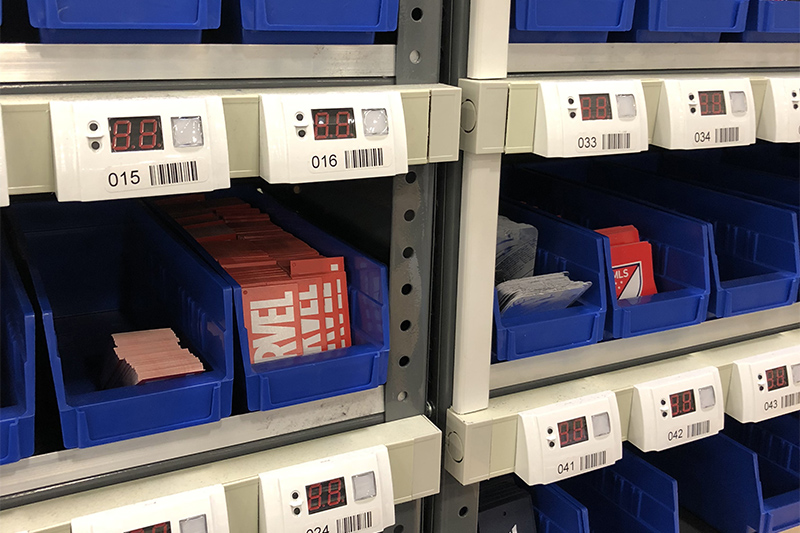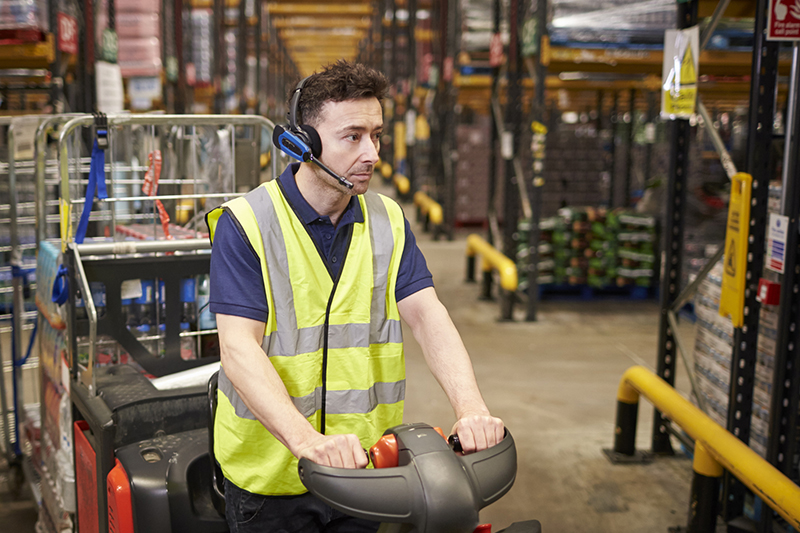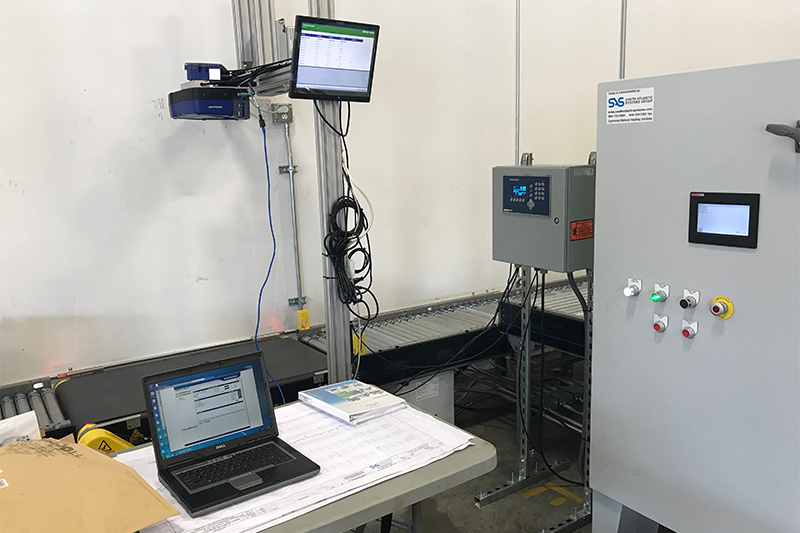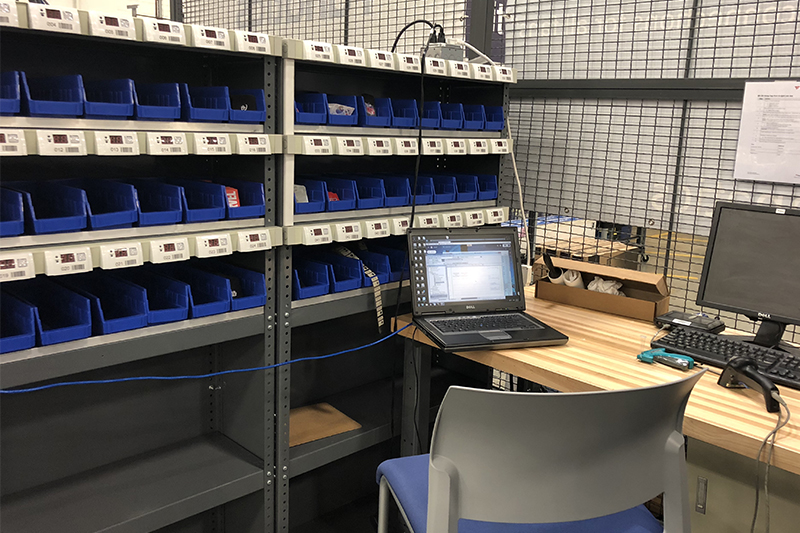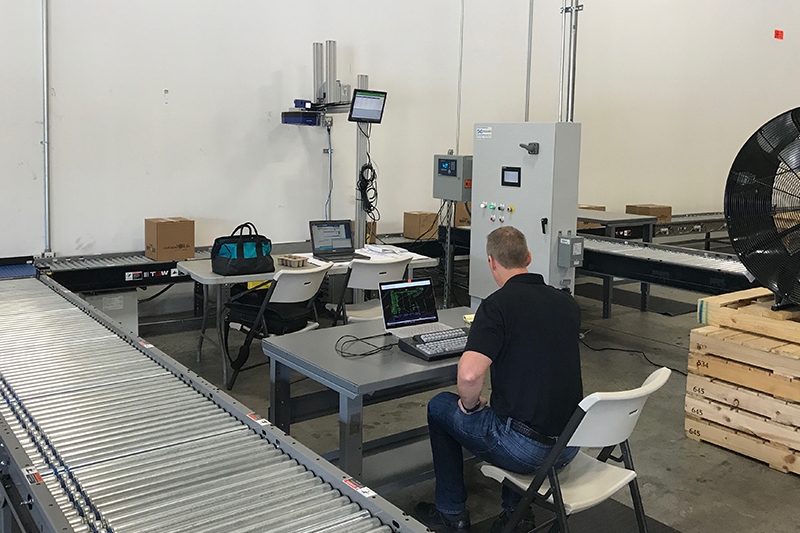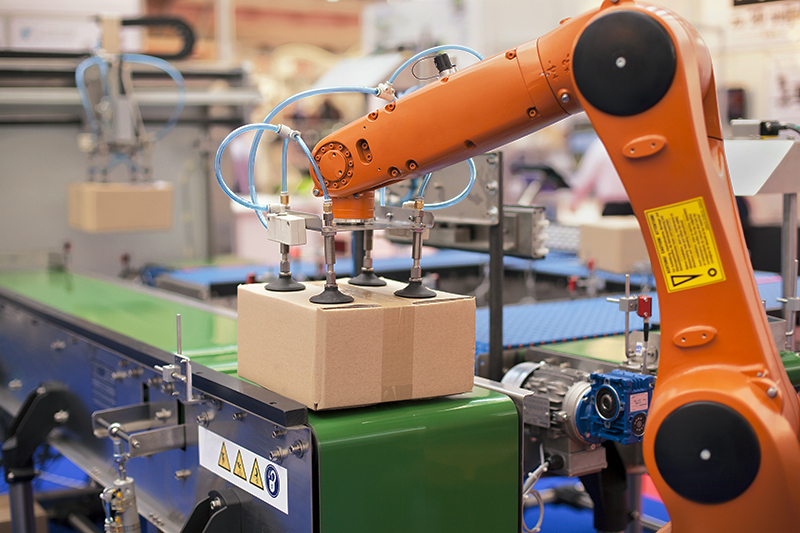
Material handling automation solutions encompass a broad range of conveyorized and robotic solutions, goods-to-man systems and software-enabled productivity tools.
The heart of our automation solutions is a robust put-away and retrieval concept, whether automated or directed by software. Our systems are typically focused on driving efficiency through logical process improvements leveraged by reliable equipment and software solutions.
Whether we are improving packing and shipping throughput with creative end-of-line automation or simply moving product around a manufacturing floor with conveyors or robots, we understand the need for a justifiable solution. Our systems are only as sophisticated as they need to be to solve bottlenecks in your production or fulfillment operation. In short, we understand that a project must generate an acceptable return on investment to be realized.
Conveyor Systems
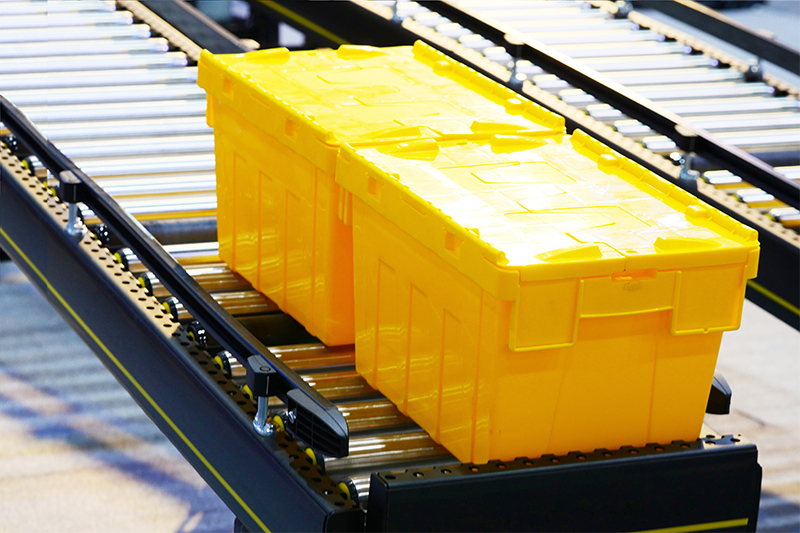
Carton & Tote Conveyors |
Conveyors used to move product around in warehouses and factories.
|
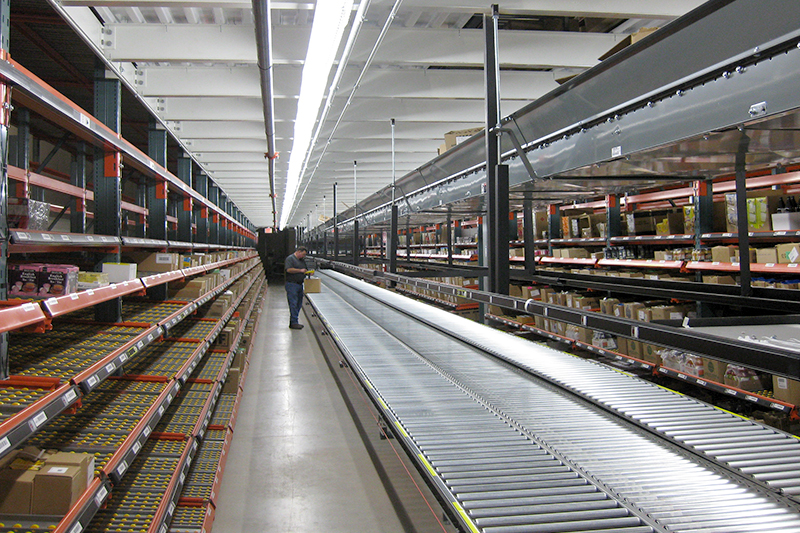
Pick Module Conveyors |
Aisles of racking or shelving with a high concentration of picking faces at ground level.
|
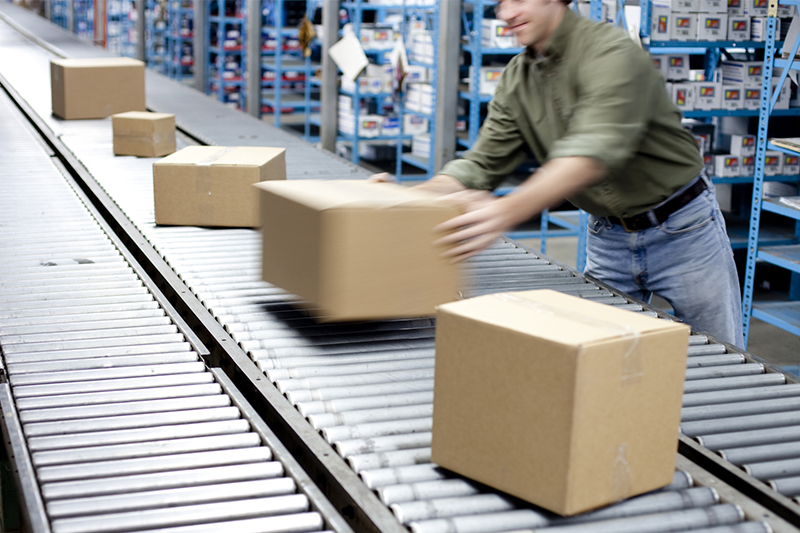
Sortation & Packing Systems |
Efficient routing of orders through packing and shipping stations requires careful planning of the system.
|
Automatic Storage and Retrieval (AS/RS)
Vertical Lift Modules (VLM)
VLMs allow for very dense storage of small parts. The system’s ability to store and retrieve parts based on part number makes it a very efficient way to fill orders since the parts are delivered to the picker without the need to lookup locations or walk to a storage bin. This goods-to-man functionality and reasonably high retrieval speed has allowed these lifts to be used for distribution. Pick rates of over 100 lines/hour are not uncommon in a paired VLM environment once picklist automation is used to send orders directly to the lifts.
Vertical Carousels
These carousels are the VLMs older cousin and still have a home in small parts distribution applications. The typical limitation with these units are height and the need for product size uniformity. Like VLMs these units can be paired for tandem picking and can have pick lists electronically sent to them for processing. Carousels are great up to about 18’ tall. Beyond that height it becomes more costly per cubic foot of storage than a VLM and proportionately slower with height. Combinations of carousels and VLMs are often the right solution when a large variety of part shapes and sizes are to be stored.
Horizontal Carousels
Horizontal carousels have been used in distribution for a long time. Their operation is intuitive since it is open and easy to visualize. Much like the carousel at the dry cleaners, this carousel brings wire carriers that are suspended from the top around an oval track to picking station. The carriers are arranged with adjustable shelves so product of all shapes and sizes can be accommodated. The longer the carousel, the slower it is to rotate a carrier to the picker, but carousels are typically arranged in “pods” of 2 or 3 so that all the units in the pod can work on the same order. While the picker is picking and putting parts in an order tote, the other units in the pod can be rotating to the next pick. Carousels work best in distribution applications when you can batch orders together so they can be picked concurrently.
Mini-load AS/RS Systems
Mini-load is industry terminology for an automatic storage and retrieval crane system that stores items that can fit in a tote. Mini-load can also be used to handle cases with specialized attachments, in some applications. AS/RS cranes are typically very tall, to maximize cube, and either operate in a dedicated aisle or can switch aisles to access more locations. System height, aisle length and number of cranes servicing the system is driven by the design throughput and quantity of SKUs to be stored. Totes are stored in racks and can be stored 2 or 3 deep in systems that are designed to maximize density and can afford the throughput reduction. Smaller mini-load systems are often used for buffering of orders in large upstream of picking and packing operations.
Unit-load AS/RS Systems
Unit-load refers to palletized product. Automated unit-load storage and retrieval crane systems offer extremely dense storage of pallets in a fully automated environment. Often termed “dark warehouses”, these storage cubes can be over 40 meters tall and are often simply “skinned” with sheet metal panels to create a rack-supported building. These systems can be used for storing large inventories of bulk stock to feed mini-load picking systems, refrigerated product such as dairy, or even frozen palletized product. These systems are capital intensive and expensive to maintain but require minimal labor and operate in efficient, low energy consumption environments.
Automated Dense Storage Systems
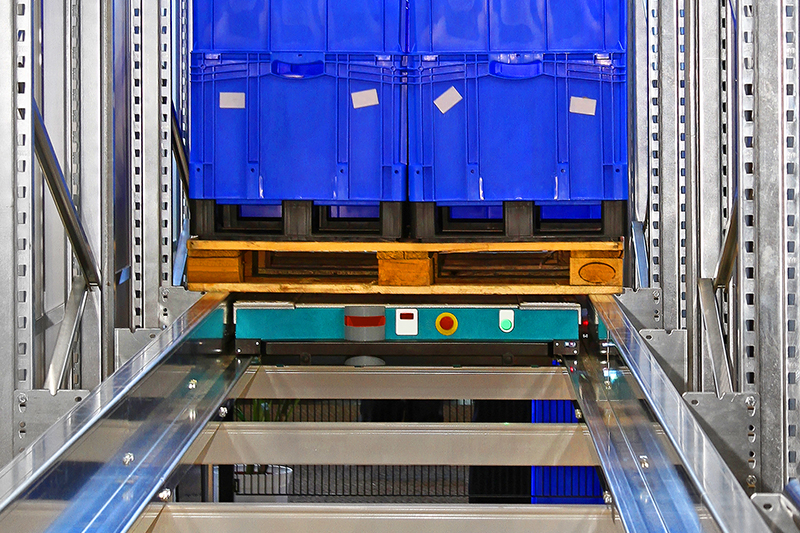
Pallet Shuttle Systems |
Deep lane racking structure configured like drive-in systems, using low profile robotic pallet carts which run under and move loads.
|

Mobile Racking Systems |
Single rows of selective racking with upright on heavy carts on perpendicular tracks, allowing forklift aisles to be opened and closed between any two racks.
|
Directed Picking Systems
Intelligent Vehicle Solutions
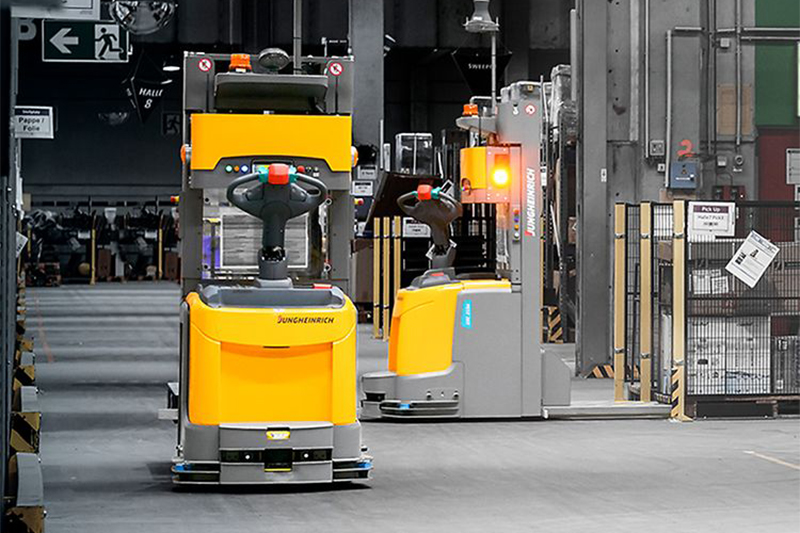
Automated Guided Vehicles (AGV)
AGVs have been used to automate repetitive material delivery routes in factories and warehouses for half a century. These vehicles come in a wide variety of configurations, but all are designed to follow a series of mapped routes throughout a facility. AGVs follow wires, floor tape or GPS and are outfitted with a variety of sensors to avoid collision with obstacles. AGVs make sense when there is a consistently high volume of materials movement following a consistent path.
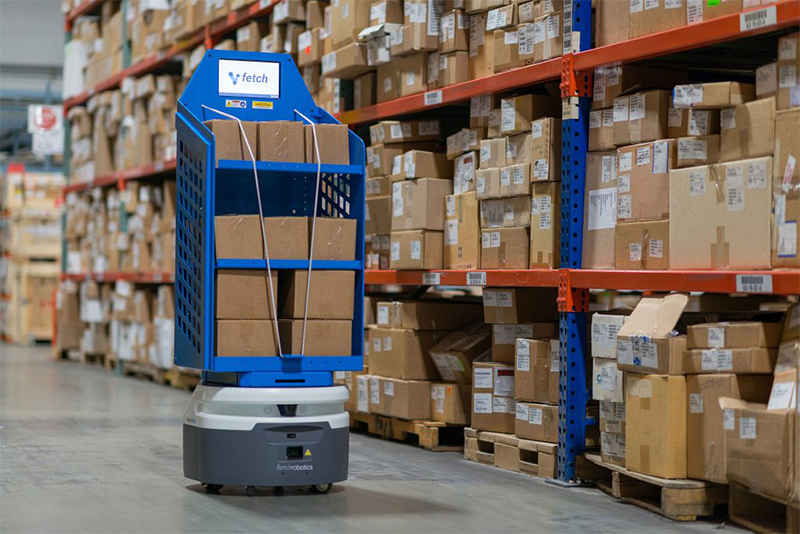
Autonomous Mobile Robots (AMR)
Similar to AGVs, AMRs are smart vehicles used to move things around from place to place in a warehouse or factory. AMRs more sophisticated, flexible and more effective than AGVs. These small robots can simply carry a tote, move a section of shelving or be customized to perform pickup and delivery functions automatically with a section of MDR conveyor mounted on the top of the robot. AMRs are growing in popularity at a tremendous pace due to the increasing affordability of the technology and rising cost of labor.
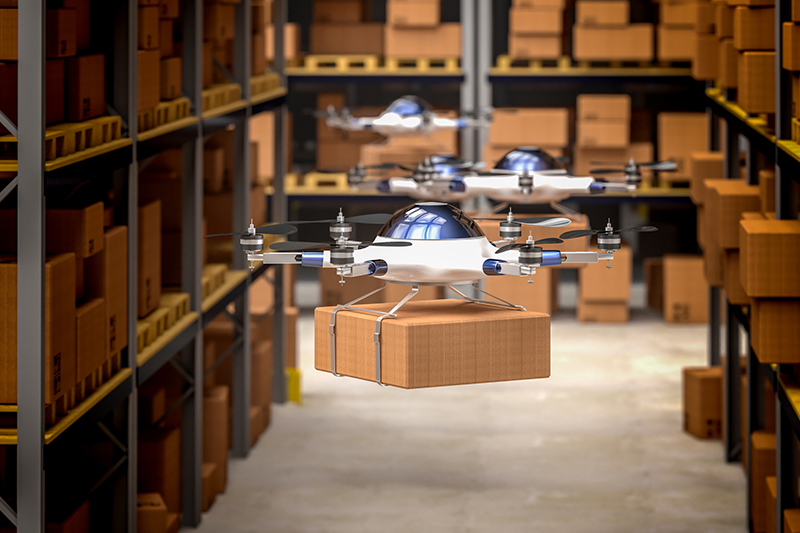
Autonomous Drone Technology
The next frontier. Stay tuned for creative ways to utilize drones within the 3-dimensional area of large distribution facilities. We are only a few years away from practical material handling applications of drones.




